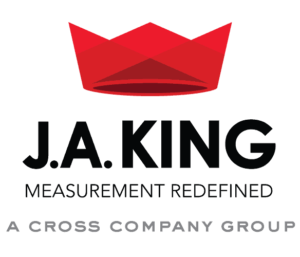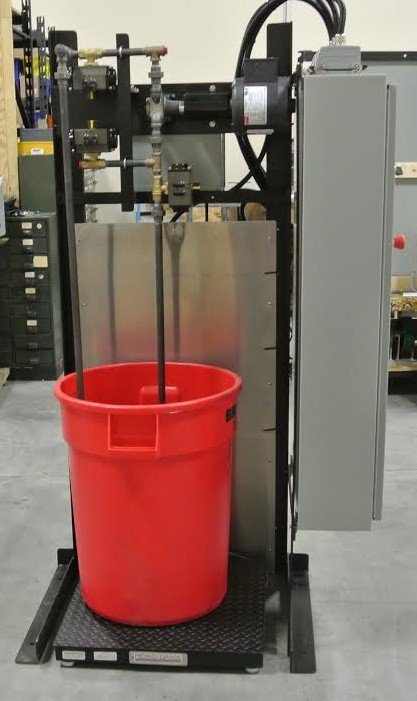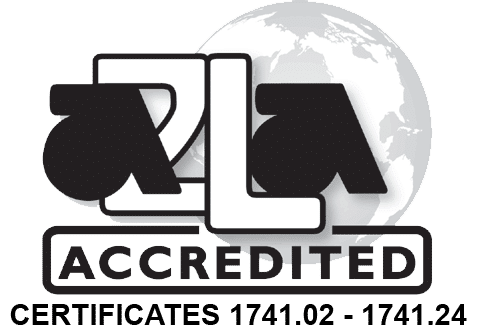Application Note: Asphalt Emulsion Station

J.A. King is Now Cross Precision Measurement!
Same team, same expertise. This case study was performed by our precision measurement team before becoming Cross Precision Measurement. Learn more about our history.

Asphalt sealant manufacturing plants bond together asphalt, coal tar, and other aggregates utilizing an emulsifier. It is critical that the emulsifier is prepared and added to the other ingredients in the correct percentage so that the finished mix has a consistent, malleable nature. This enables the manufacturers to produce quality sealants for finishing, repairing, and maintaining road and parking surfaces.
One particular sealant manufacturing plant had up to 7 different ingredients going into their finished products. Getting all the ingredients into each batch accurately was incredibly difficult utilizing their existing system. Batch times were long due to little or no automation, and there were also issues with final product consistency and quality. The plant decided to enlist the help of J.A. King to update their system.
J.A. King has a tremendous amount of experience with process automation and batching systems in the sealant industry. Our innovative control system, the Batch Wizard, has been implemented in plants across the globe.
After discussing this manufacturer’s unique requirements, J.A. King created a customized emulsion station that precisely controlled the addition of prepared emulsifier by weight and over time to the other ingredients. The station also recirculated the emulsifier and could automatically replenish the main emulsifier drum automatically from a stand-by drum. This eliminated the need to stop down- stream processes in order to manually change out or refill the main emulsifier drum- saving time and money. The system utilized over and under tolerances to ensure the batch was correct, otherwise the process was stopped. This prevented incorrect batches and saved on re-work.J.A.King’s asphalt emulsion station ensured that end product consistency was maintained from batch to batch, waste was eliminated, and throughput was increased.

J.A. King’s engineers have provided cutting-edge solutions to our customers since 1958. All of our systems are customized to meet our customers’ specific needs. Whether you want to update an existing system or implement a new one, our engineers can design a simple, easy-to-use solution for your application. Our systems make it easier than ever to improve productivity, reduce raw material consumption, and raise the level of quality of your products.
Want to share or download this application note? Here’s a downloadable PDF copy:
J.A. King Application Note: Asphalt Emulsion Station

